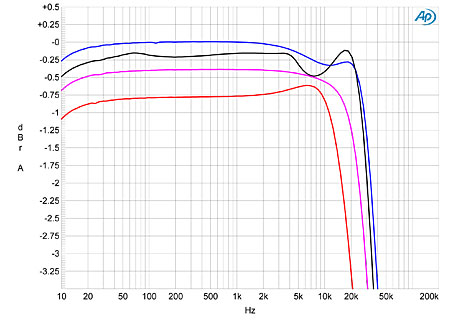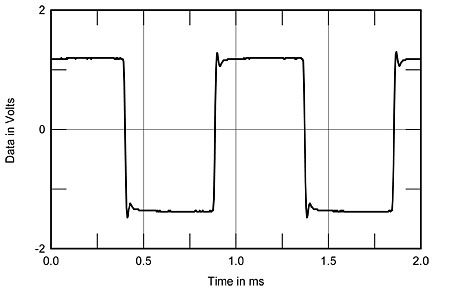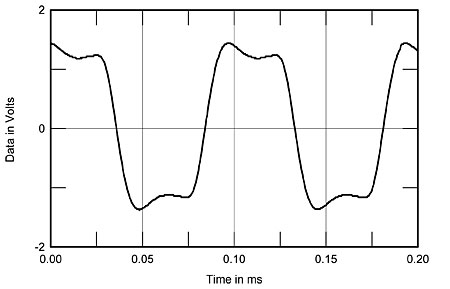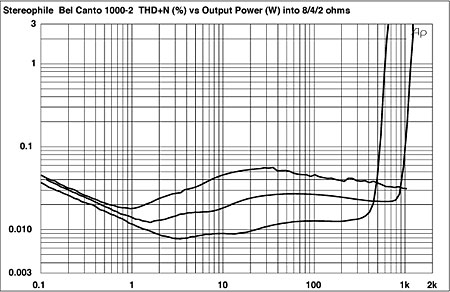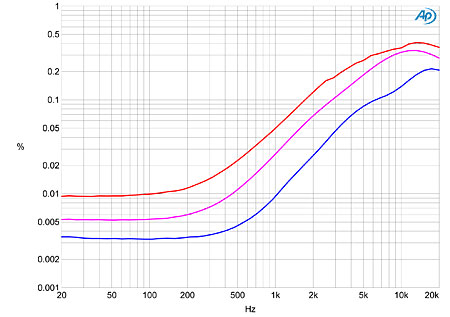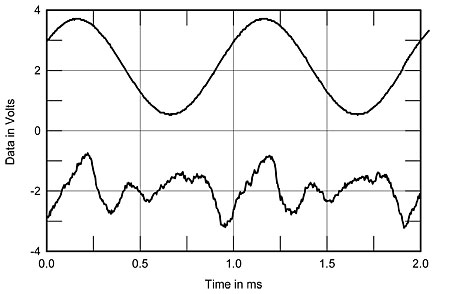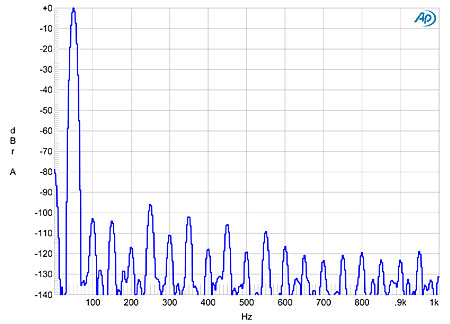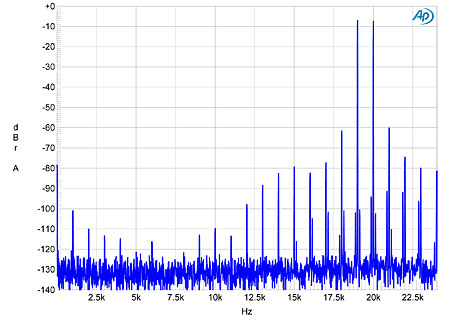| Columns Retired Columns & Blogs |
Dear Kalman,
I have the opportunity to change my Ref500s to Ref1000m (MkI or II I'm not sure). My loudspeakers are ML ascent I. Do you think it will improve my system (Bel Canto DAC and transport)? Do you think Bel Canto amplifiers and ML are a good match?
Thanks in advance for your answer.
Regards
Frederic
